12 Fascinating Facts About Aurora Borealis | Occurrence, Colors, Myths & More
Interesting facts about the Northern Lights
.jpg?auto=format&w=702.4499999999999&h=401.4&q=90&fit=crop&ar=7%3A4&crop=faces)
Northern Lights are visible in both hemispheres
The Northern Lights have a southern counterpart called the Aurora Australis, or Southern Lights. While the Northern Lights are seen in the Arctic, the Southern Lights are visible in the Antarctic and Southern Hemisphere. Both Auroras are caused by the same solar activity, but the Southern Lights are less commonly seen due to the remote location of the Antarctic.
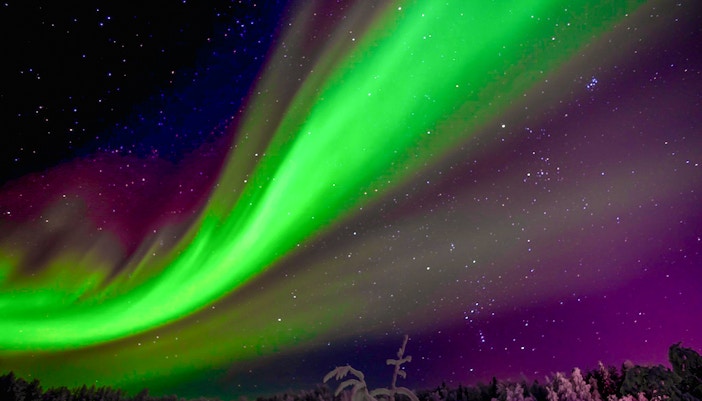
The Northern Lights are powered by solar activity
The sun continuously releases charged particles, known as the solar wind. When these particles enter Earth's magnetic field and interact with gases in the atmosphere, they generate the Northern Lights. The brightness and extent of the Aurora are influenced by the level of solar activity, which is why the intensity of the Auroras can differ.
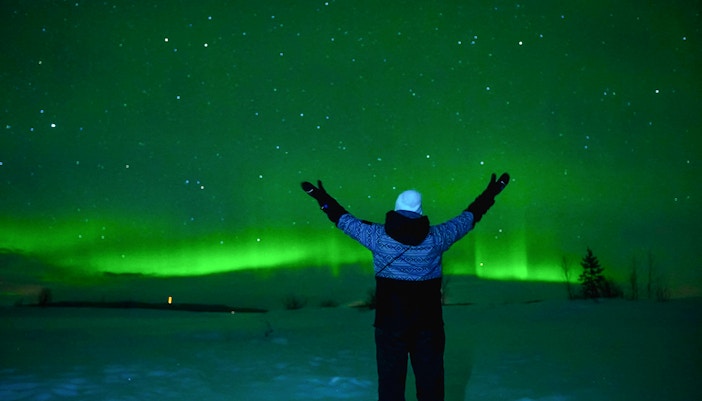
The role of Earth's magnetic field
As solar particles approach our planet, they're guided by Earth's magnetic field toward the polar regions. This natural steering is why the Northern and Southern Lights predominantly appear near the poles, where the magnetic field lines converge and are strongest. So next time you marvel at the Auroras, remember it's our planet's invisible magnetic shield that makes this celestial spectacle possible.
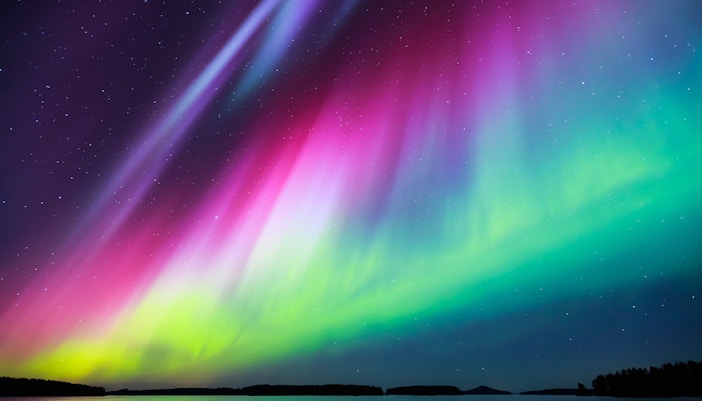
Atmospheric gases influence Aurora colors
The vivid colors of the Northern Lights are a result of solar particles striking different gases in the atmosphere. Green, the most commonly observed color, is produced by oxygen molecules at lower altitudes. Rarer hues like red and pink occur when solar particles interact with oxygen at higher elevations, while nitrogen molecules produce shades of purple and blue.
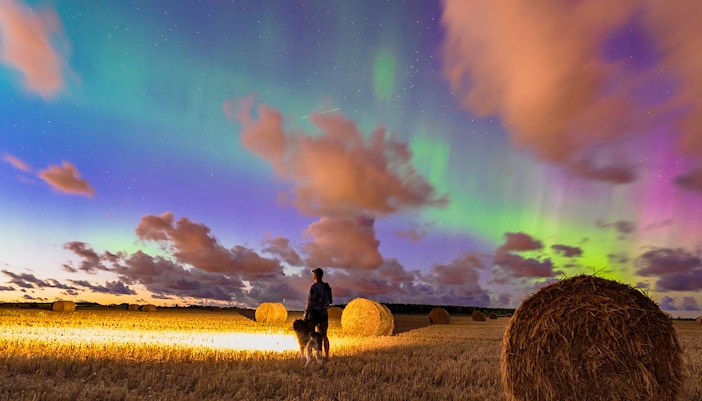
The Northern Lights never turn off
While the intensity of the Northern Lights changes, they are always present in the sky, even when they're not visible. The Aurora is constantly being generated by the interaction between the Earth's magnetic field and solar particles. However, during periods of low solar activity, the lights may be too faint to see without special equipment.
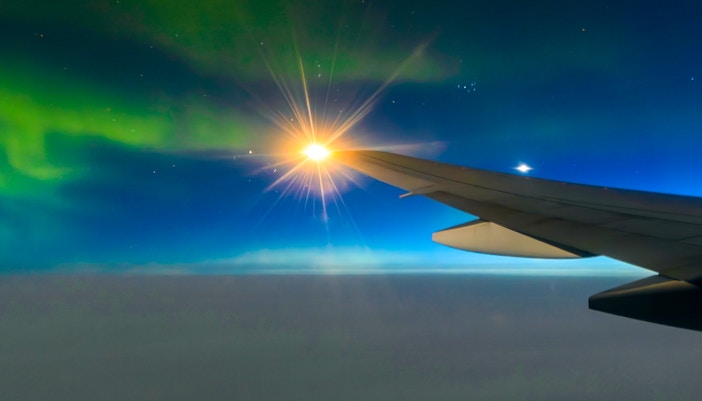
Astronauts can see Auroras from space
Astronauts on the International Space Station (ISS) occasionally witness the Northern Lights from orbit and even pass through them during strong solar storms. While Auroras typically form between 55 and 80 miles above Earth, during powerful solar activity, they can reach up to 370 miles—higher than the ISS's orbit at roughly 253 miles—allowing astronauts a close-up view of the phenomenon.
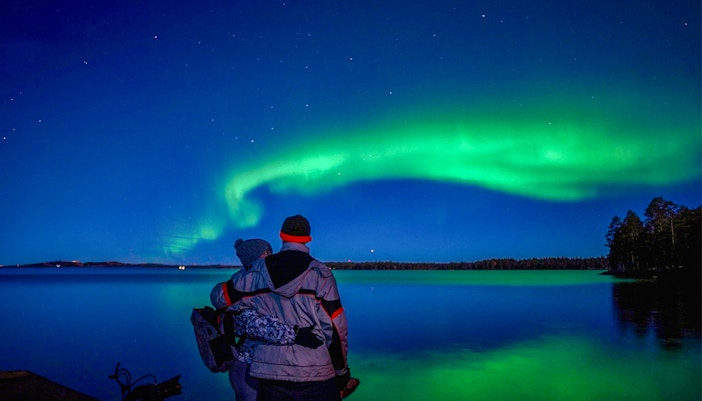
You can hear the Northern Lights
In rare cases, people have reported hearing faint crackling or popping sounds during intense Northern Lights displays. Although not everyone experiences this, scientists suggest that geomagnetic activity linked to the Aurora Borealis might occasionally cause these atmospheric noises, making it a unique and mysterious phenomenon.
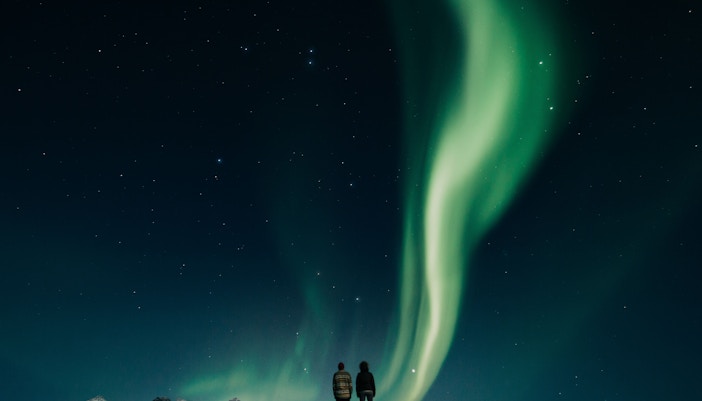
Northern Lights mythology
The Northern Lights have inspired countless myths and legends. The Vikings believed they were reflections of the Valkyries' armor as they led fallen warriors to Valhalla. In Finnish folklore, the lights were said to be created by a magical Arctic fox running across the sky, its tail creating sparks that lit up the heavens.
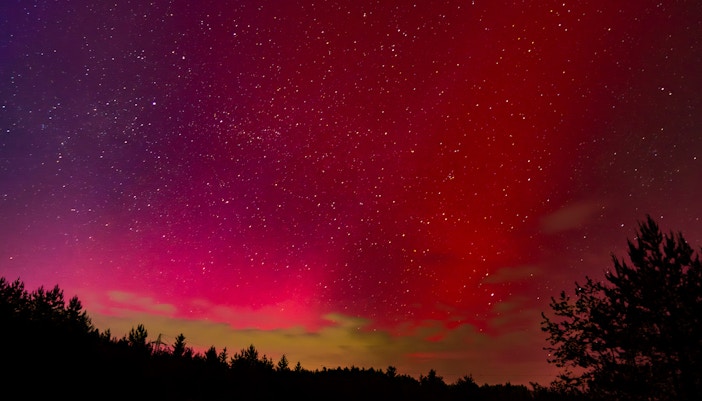
Northern Lights on other planets
The Northern Lights aren't unique to Earth. Other planets, like Jupiter, Saturn, and Neptune, also experience them. These planetary Auroras occur when solar winds interact with the planet's magnetic field, just like on Earth. However, the colors and patterns of auroras on other planets can differ based on the gases in their atmospheres.
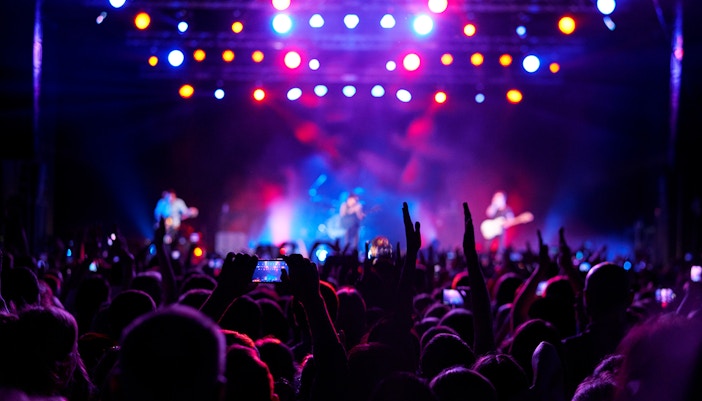
Northern Lights festivals
Many destinations famous for the Northern Lights have festivals celebrating this natural wonder. In Tromso, the Northern Lights festival takes place every January, combining concerts, events, and fun activities with Aurora viewing opportunities. These festivals add a cultural twist to your trip, making it more than just a sightseeing adventure.
%2C%20mountains%20in%20the%20background.jpg?auto=format&w=702.4499999999999&h=401.4&q=90&fit=crop&ar=7%3A4&crop=faces)
Northern Lights in Nordic languages
Interestingly, the word for 'Northern Lights' starts with 'N' in most Nordic languages. In Danish and Norwegian, they are called 'Nordlys,' in Swedish, 'Norrsken,' and in Icelandic, 'Norðuljós.' However, in Finnish, they are called 'Revontulet,' meaning 'fox fires,' referring to a local legend about an arctic fox whose tail sparks the lights in the sky as it runs.
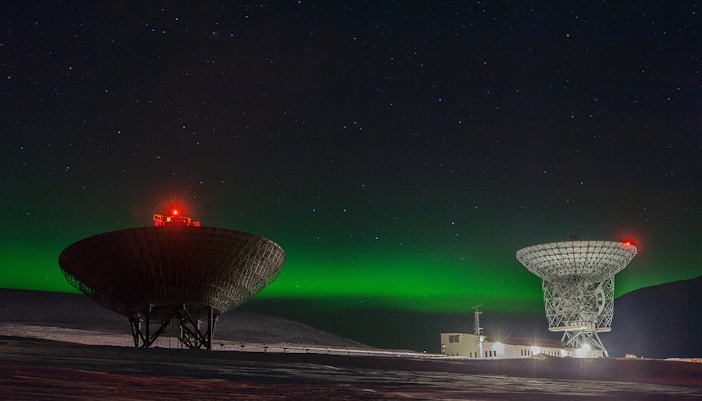
Norway leads in Northern Lights research
Norway has been a global leader in Northern Lights research for over a century. Norwegian scientist Kristian Birkeland was the first to theorize how lights are created in 1896 through his Terella experiment. Today, Norway's Andøya Space Center continues to lead Aurora research, sending rockets into the atmosphere to study the Aurora's behavior.
Book your Tromso Northern Lights tours
Frequently asked questions about the Northern Lights
The Kp Index measures geomagnetic activity on a scale from 0 to 9. It is a common indicator used in Northern Lights forecasts. A higher Kp Index indicates stronger Aurora activity and a greater chance of seeing the Northern Lights, even from more southern locations.
The movement of the Northern Lights is caused by changes in Earth's magnetic field and the solar wind's interaction with it. The lights often appear as shifting bands, arcs, or curtains, constantly changing shape.
The intensity of the Northern Lights is linked to the solar cycle, which spans approximately 11 years. During the year of heightened solar activity, known as the solar maximum, there are more frequent and powerful Auroras.
Yes, there are several apps available, such as My Aurora Forecast, Aurora Alerts, and Aurora Now, which provide real-time Northern Lights forecasts and information on cloud cover and the best viewing times and locations.
The best time to see the Northern Lights is from late September to early April, with peak viewing opportunities from December to February.
Tromso, Norway, is among the top destinations to see the Aurora Borealis. Its position within the Arctic Circle, combined with low levels of light pollution, provides an ideal setting for experiencing the mesmerizing Northern Lights.
No, seeing the Northern Lights isn't guaranteed every night. Their appearance depends on both solar activity and the local weather, particularly how clear the skies are.
Yes, the Northern Lights can be visible during a full moon. However, the moon's brightness may make the Aurora appear fainter. Darker skies without much moonlight provide the best viewing conditions.
The Earth's magnetic field draws charged solar particles toward the polar regions, making the Northern and Southern Lights more common in areas close to the Arctic and Antarctic Circles.
The movement of the Northern Lights varies widely. At times, they drift slowly and calmly across the sky, while other times, they may flash and dance more rapidly. The lights can travel at speeds ranging from nearly stationary to several kilometers per second.
